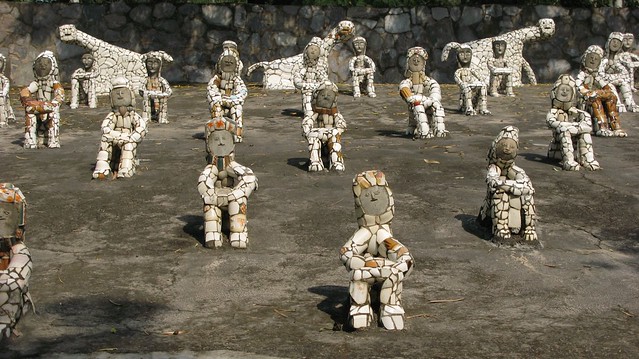Your Conference Audience Matters More Than You Think!
Having an audience at a conference is no longer a novel idea.
It’s expected and a given. Unless you’re a speaker that didn’t resonate with this audience in a past meeting. Then you probably have a very small or limited audience if any.
How you define your conference audience defines how you design your event. The audience matters. And the way you define your conference audience matters more than you think!
Defining The Audience
Most dictionaries define an audience as a group of spectators or listeners at an event.
Yep, that sounds like the traditional conference audience. A group of people that sit passively and listen. The only time they move is when the leave one session or meal and go to another. Then they sit and listen again.
Yet the audience is changing. Here are some ways conference hosts and organizers should identify their audience and design their experience accordingly.
Audience As Eyeballs
Most conference organizers are only concerned about pure numbers. How many people attended the conference, sat in the opening general session, attended each breakout and joined the meal functions. The audience as eyeballs is only about spectators.
Sure the number of attendees in these sessions is important. They tell the conference organizer if the message, delivery and experience attracted people at the event. Yet they don’t speak to the quality of that session. Nor do the number eyeballs tell you if that session offered lasting value.
However, audiences are much more than just eyeballs.
Audience As Participants
This happens when conference organizers design experiences where an audience moves from being spectators to becoming actively involved. The audience shifts from attendees to participants. They have interactions with each other during the sessions and not just in the hallways. They get involved in peer small group discussions.
Still, the most successful conferences move audiences even further than just participants.
Audience As Co-Creators
When conference organizers secure facilitators that guide audiences on their own custom-made journeys, audiences move from observing to participating to co-creating. They co-create their own ideas and solutions to the problems they face. They co-create shared knowledge and strategies to apply that knowledge. They don’t just copy the speaker. They co-create.
Even as co-creators, audiences can morph into something yet deeper.
Audience As Co-Learners And Co-Teachers
When conference attendees see themselves as co-teachers and co-learners with others, then we have truly harnessed the power of an audience. This is about an authentic exchange between interested and motivated peer-learners. It becomes less about expert personalities and more about deep transformational learning.
Great conference organizers work with proven facilitators and learning designers to create genuine, valid, relevant conditions and content that co-learners then personalize, customize and connect to their real world jobs.
Nevertheless, audiences can still shift more.
Audience As Community
When audiences see other conference attendees as part of their like-minded network, they create audience as community. A community forms around similar problems or content. It forms around looking for solutions and ideas. A conference community becomes extremely powerful because they can adopt perspectives as participants, co-creators, co-learners and co-teachers around a shared purpose. The community then waits for others in the community to speak up, share their experiences, ask tough questions and journey forward together.
Hat tips Dean Shareski, Jeff Utecht and Clarence Fisher for their initial blog thoughts in 2009 about students and audiences that I adapted for conference audiences.
What type of audience is your conference currently fostering? What steps can you take to move your conference audience to co-learners, co-teachers and community?


